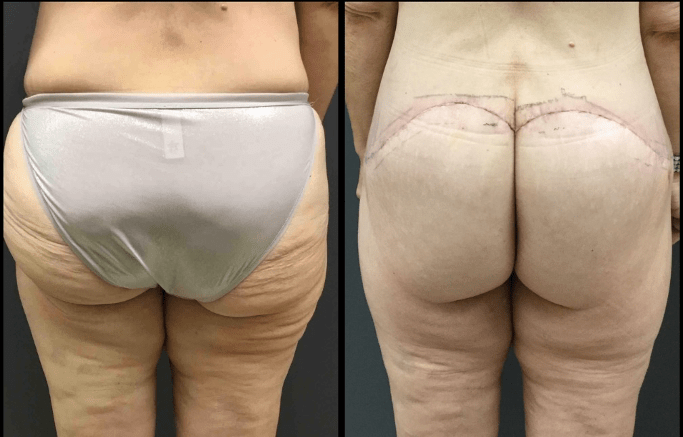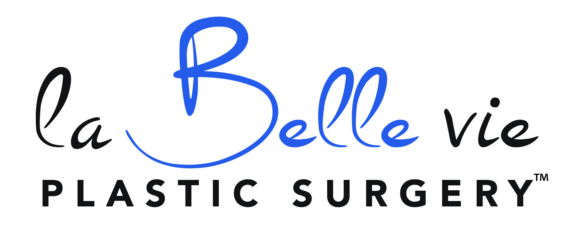Struggling with stubborn acne scars, sun damage, or fine lines that refuse to fade no matter what you try? You’re not alone. Skin imperfections can take a toll on your confidence and comfort in your own skin. From rough textures and uneven tones to deeper wrinkles, our laser resurfacing treatments are designed to transform your…
Obesity has become a significant problem in today’s world. It is estimated that 2 out of every 3 American adults, or over 93 million people, meet the criteria for being labeled as overweight or obese. The health consequences associated with being obese, such as heart disease, stroke, and diabetes, are more pronounced compared to non-obese people.
In response to the increased incidence of obesity, there has been an increase in the number of bariatric, or weight loss, surgeries.
While there is often significant weight loss for these people, especially the ones that change their lifestyles and diets, there are problems associated with these bariatric procedures. Patients are counseled about their expected weight loss, but they are often not told about the expected changes in their body shape. The majority of these patients end up with areas of their body where there is incomplete fat loss and/or loose skin.
There are elastic fibers in the skin, sort of like microscopic rubber bands. When the patients have excess weight, the elastic fibers break. When the patients lose weight, the elastic fibers do not hook back together, and the result is folds of loose skin, often with areas of incomplete fat loss. Physicians call these areas “contour deformities” since the contours of the body are not right.
Body contouring procedures can be considered about a year and a half after bariatric surgery, as long as the patient’s weight has stabilized and the patient has good nutrition. For most patients, their weight loss has been a journey to improve their lives. Body contouring after massive weight is also a journey for these patients. It often takes several surgical procedures to restore the patient’s body contours after massive weight loss.
The abdomen is almost always the area of most concern for these patients and the treatment is some variation of a tummy tuck (abdominoplasty). For some, removal of only the lower roll of skin and fat (panniculectomy) is required, while others require more extensive skin removal and muscle tightening. For many of the patients, the results are dramatic.

The abdominoplasty is usually combined with a procedure to improve the breasts so that these two areas can be addressed with only one recovery time. For most patients, a breast lift (mastopexy) is required, but occasionally a breast reduction is a better option. Men also can have excess breast tissue, fat, and skin. Removal of the breasts with the placement of the nipples back in their proper position usually gives a very good result.
Other areas of concern are the flanks (love handles) and buttocks. These areas tend to be affected by incomplete fat loss, loose skin, and deflation of the buttocks. A posterior belt lipectomy / buttock lift can result in excellent improvement in these areas.

The upper arms can be treated with liposuction and direct skin excision (brachioplasty). The inner thighs and “bra fat” areas can be treated in a similar fashion.
All these procedures are usually done under general anesthesia (you are asleep), and as an outpatient (you get to go home the same day). As with any surgery, there is a risk of bleeding, infection, poor healing and scars. Recovery times vary depending on the surgery and the patient. Revisions and “touch-up procedures are not uncommon.
If you have any questions regarding any or all of these procedures, please do not hesitate to reach out directly to us. Contact us today for more information regarding our surgical procedures in Wilmington, NC.



